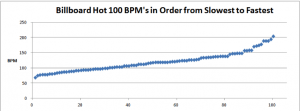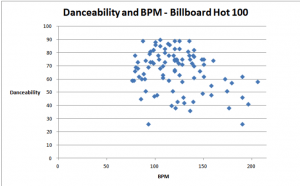This week I have researched about Max Martin and how he constructs pop music. Max Martin is currently the songwriter with the 3rd most #1s on the US Billboard – behind Paul McCartney & John Lennon. He is also currently the producer with the 2nd most #1s – behind George Martin.
During an interiew with NME, Max Martin revealed what he considered to be important information when writing pop music. His general rules are listed in full below – but he sticks to 3 main principles. Don’t overwhelm the listener, make the most familiar and most importantly, the vocal is what is important. These are teachings that I will apply to my own compositions in writing familiar pop music.
“Another theory is that you can also sing the chorus melody as a verse. For instance, take ‘I Wanna Be Your Lover’ with Prince. The verse and chorus of that song are exactly the same. But as a listener, you don’t really notice since the energy of the chorus is completely different compared to the verse” – (Max Martin, 2017)
“Singing involves a great deal of psychology. If the artist isn’t having a great day or finds it all boring, my role becomes that of a coach. Getting the very best out of the artist. Helping them perform at their very best when it’s game time. One way to get them there is to bring them out of their comfort zones. To coach them a little, get them to try new stuff” (Max Martin, 2017)
“If you’ve got a verse with a lot of rhythm, you want to pair it with something that doesn’t. Longer notes. Something that might not start at the same beat. As I say this, I’m afraid it might sound like I’ve got a whole concept figured out…But it’s not like that. The most crucial thing is always how it feels. But the theories are great to have on hand when you get stuck. ’We can’t think of anything, is there anything we could do?’ In those cases, you can bring it in as a tool. If you listen to ‘Shake It Off’ with Taylor Swift (he hums the verse melody). After that segment, you need a few longer notes in order to take it all in, otherwise it’s simply too much information. If there would have been as many rhythm elements in the part right before the chorus.” (Max Martin, 2017)
“The level of attention he puts into the song, no stone unturned and really finds the best lyric, melody etc. He puts a lot of focus on the vocal – he treats it as an instrument. If the melody is great, he focuses on the melody as well. I call him earworms. He’s amazing at making earworms.” (Justin Timberlake, 2016)
The world’s biggest songwriter has revealed the secrets to penning a hit

